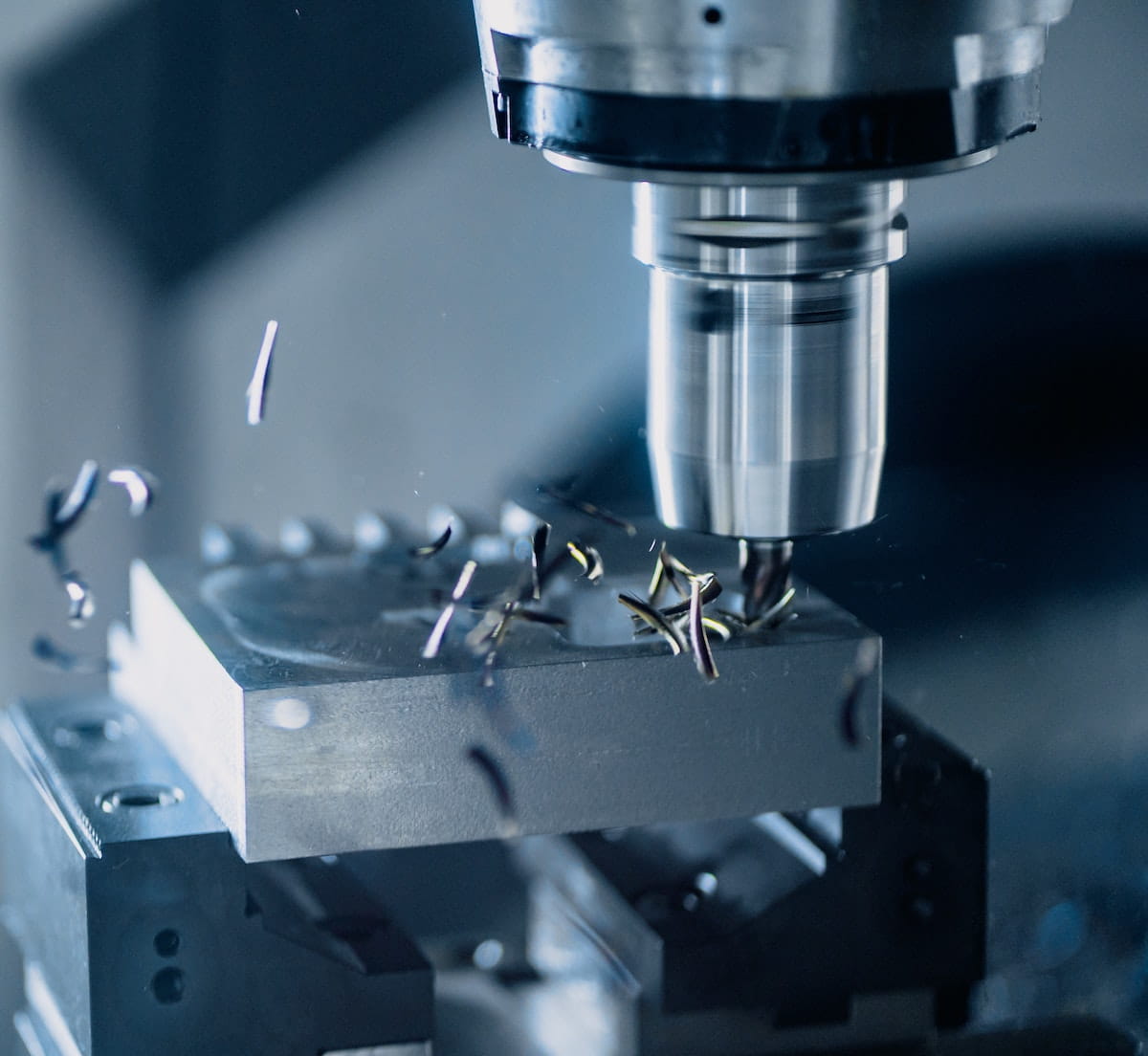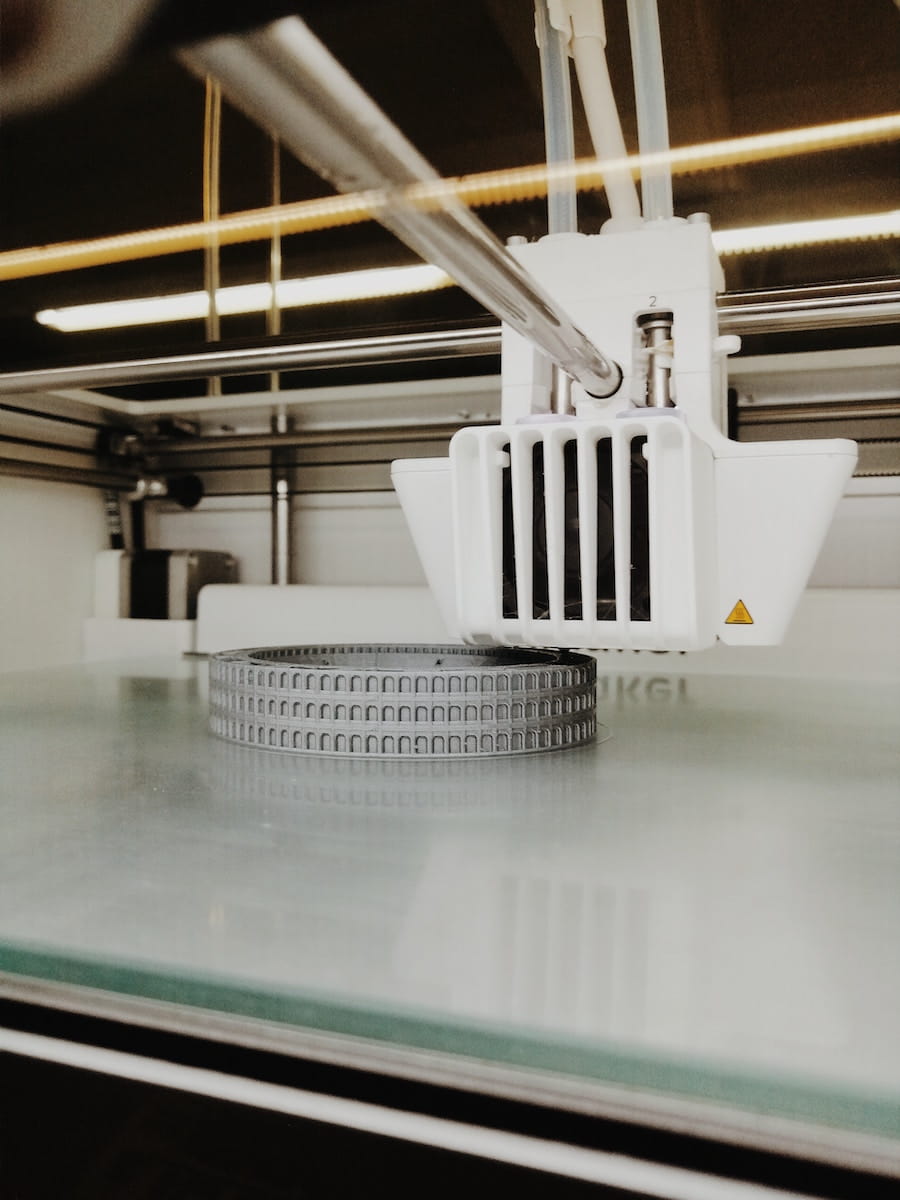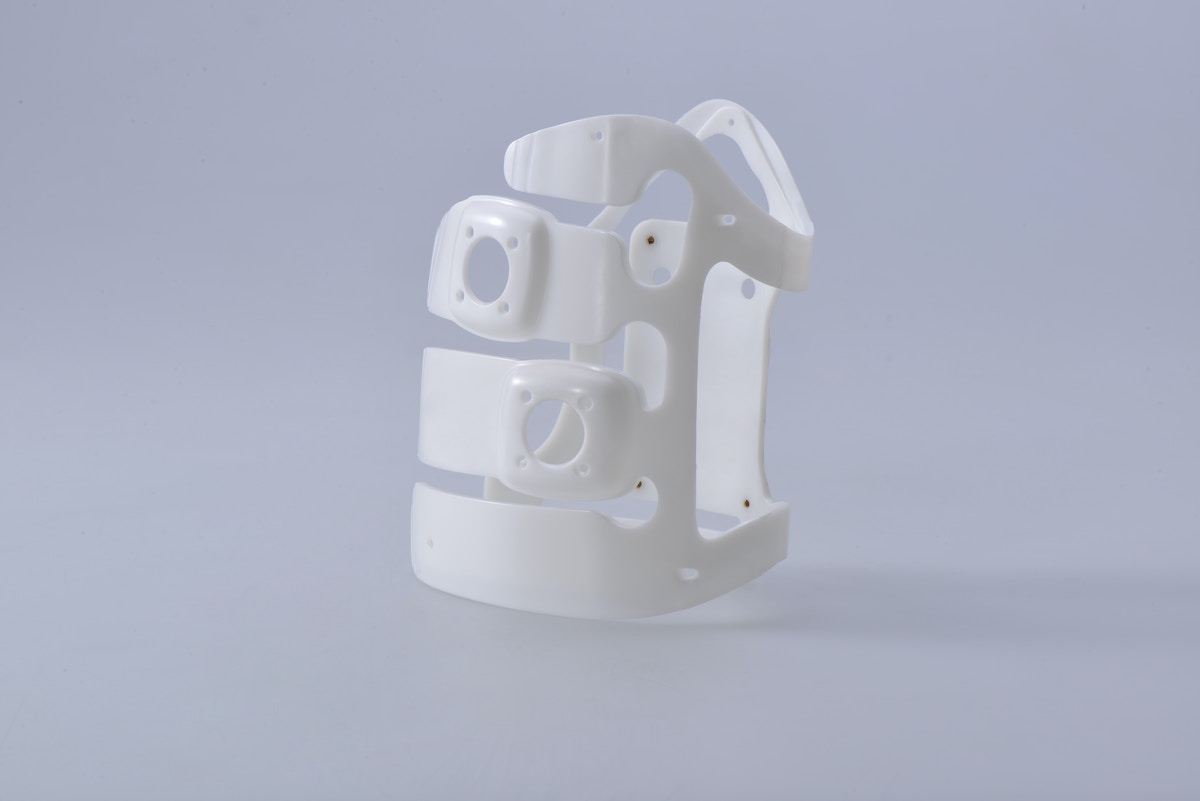Prototyping
Precision manufacturing CNC services
CNC Machining
CNC Turning
Industrial casting for prototype design
Vacuum Casting
Die Casting
Prototype sheet metal fabrication
Industrial rapid prototyping with 3d printing
Plastic prototype injection molding manufacturing
Industrial low volume production prototyping
Industrial aluminum extrusion for prototype manufacturing
Industrial vacuum for plastic prototype manufacturing
Industrial reaction injection molding for prototype
A prototype is considered a graphic representation to scale and concrete of a part or all of a product, part or object on an idea that is intended to realize in real scale; therefore, having a prototype will allow you to understand in a visual way, evaluate the object, anticipate possible failures or errors and validate whether it is worth making the investment for the fulfillment of its functionality. In Engtechnik we have different prototyping options to apply the most optimal in your project.
Looking for an automation solution for your company?
Contact us today for a free consultation or more information












